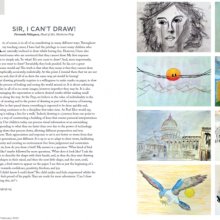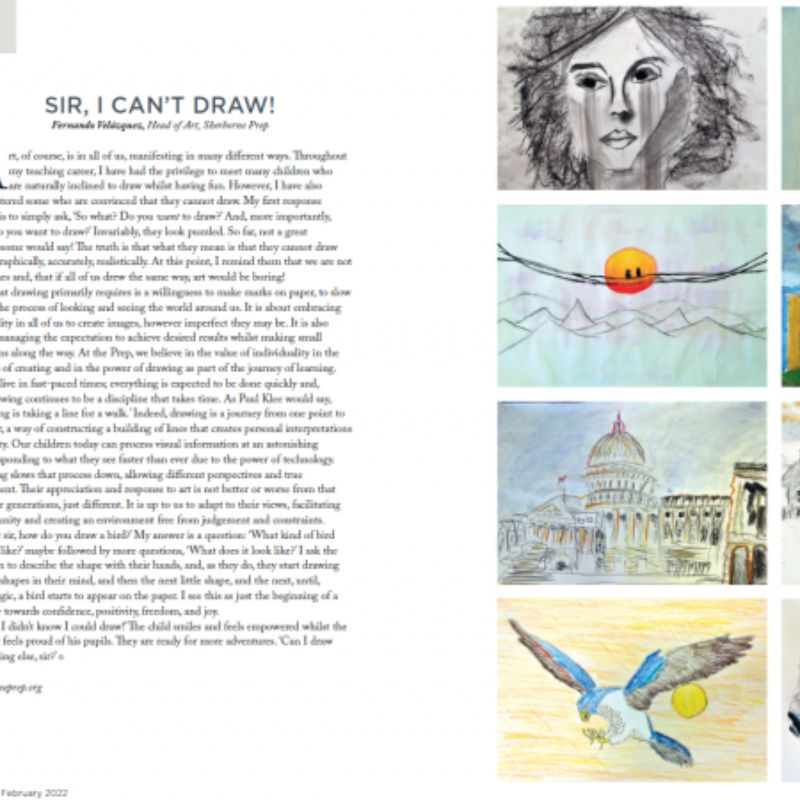
Fernando Velázquez, our Head of Art and current year 6 Form Tutor, writes for the Sherborne Times this month.
Art, of course, is in all of us, manifesting in many different ways. Throughout my teaching career, I have had the privilege to meet many children who are naturally inclined to draw whilst having fun. However, I have also encountered some who are convinced that they cannot draw. My first response to this is simply asking, “So what? Do you want to draw?” And, more importantly, “why do you want to draw?” Invariably, they look puzzled. So far, not a great lesson, some would say! The truth is that what they mean is that they cannot draw photographically, accurately, realistically. At this point, I remind them that we are not machines and, that if all of us drew the same way, art would be boring!
What drawing primarily requires is a willingness to make marks on paper, to slow down the process of looking and seeing the world around us. It is about embracing the ability in all of us to create images, however imperfect they may be. It is also about managing the expectation to achieve desired results whilst making small decisions along the way. At the Prep, we believe in the value of individuality in the process of creating and in the power of drawing as part of the journey of learning.
We live in fast-paced times; everything is expected to be done quickly and, yet, drawing continues to be a discipline that takes time. As Paul Klee would say, “drawing is taking a line for a walk.” Indeed, drawing is a journey from one point to another, a way of constructing a building of lines that creates personal interpretations of reality. Our children today can process visual information at an astonishing rate, responding to what they see faster than ever due to the power of technology. Drawing slows that process down, allowing different perspectives and true enjoyment. Their appreciation and response to art is not better or worse from that of other generations, just different. It is up to us to adapt to their views, facilitating opportunity and creating an environment free from judgement and constraints.
“But sir, how do you draw a bird?” My answer is a question: “what kind of bird do you like?” maybe followed by more questions, “what does it look like?” I ask the children to describe the shape with their hands, and, as they do, they start drawing simple shapes in their mind, and then the next little shape, and the next, until, like magic, a bird starts to appear on the paper. I see this as just the beginning of a journey towards confidence, positivity, freedom, and joy.
“Sir, I did not know I could draw!” the child smiles and feels empowered whilst the teacher feels proud of his pupils. They are ready for more adventures. “Can I draw something else sir?”




















